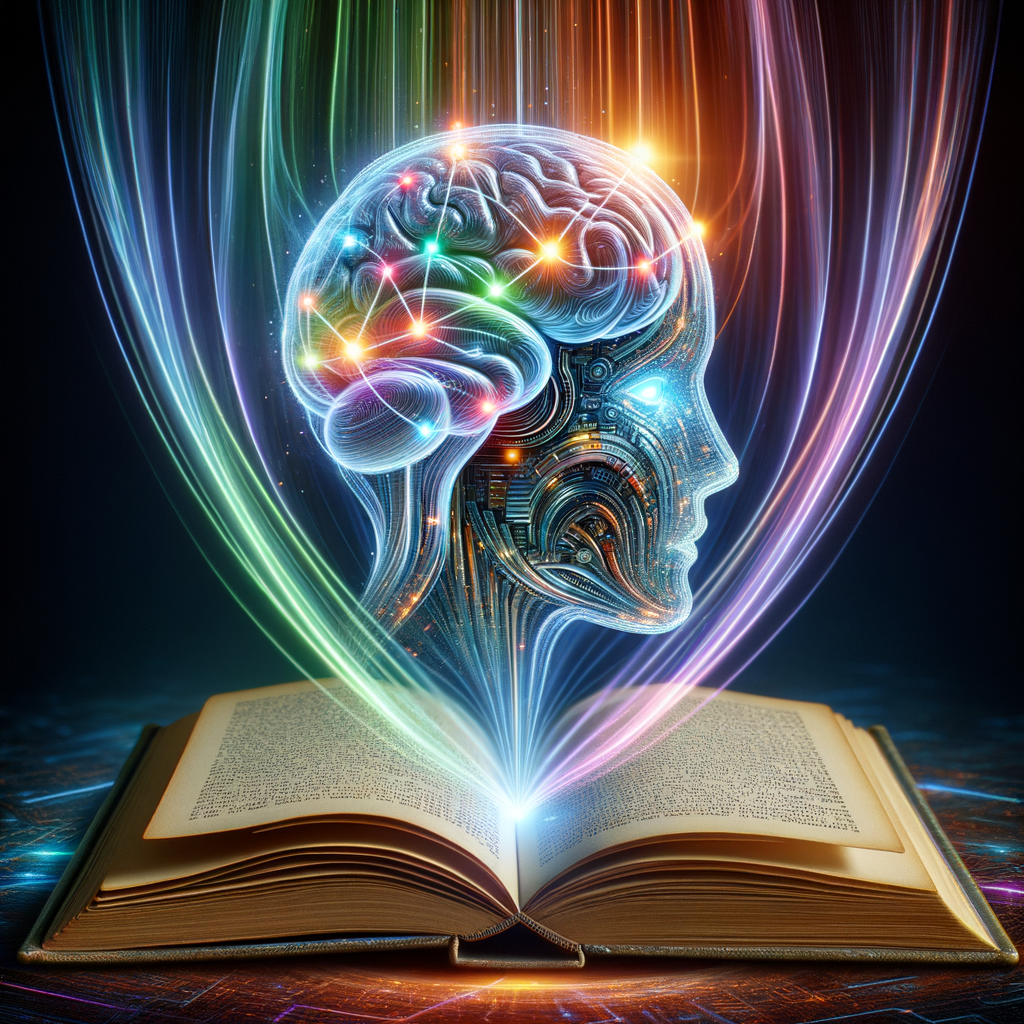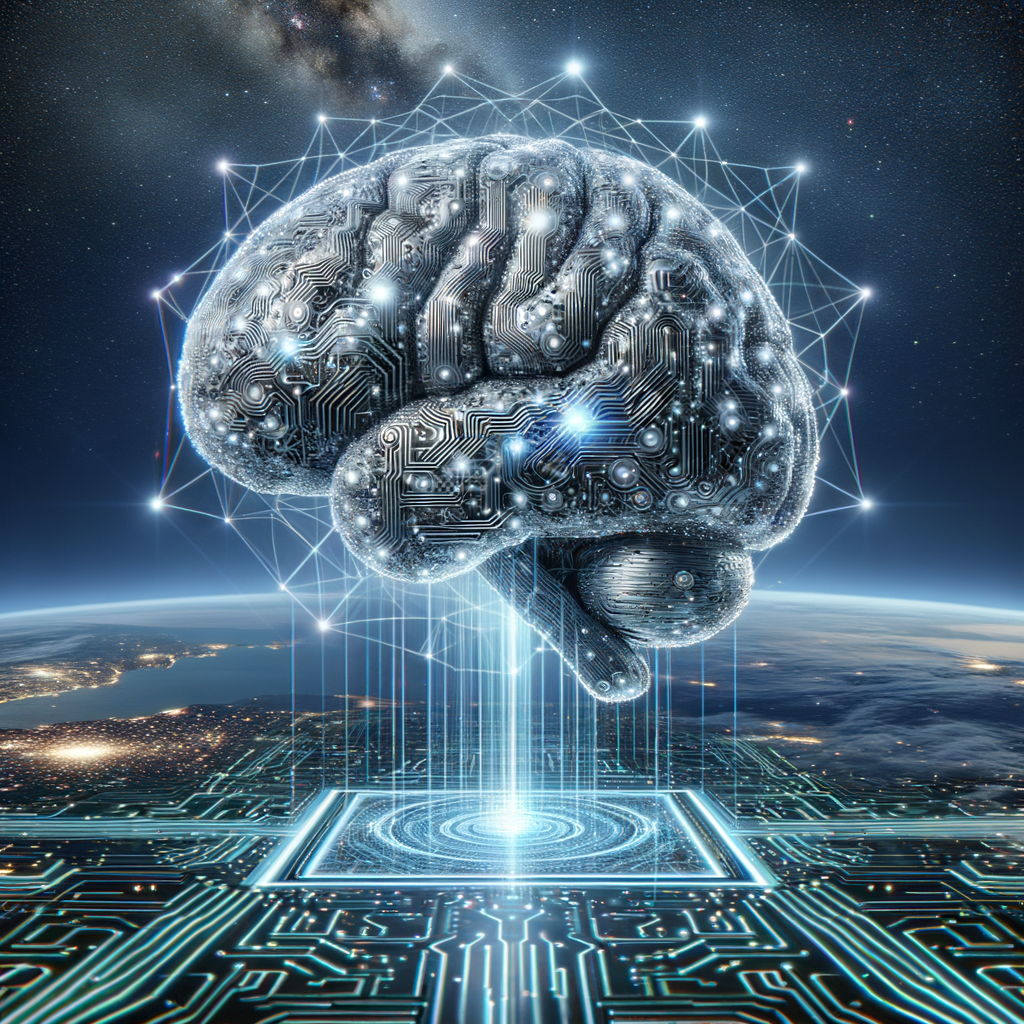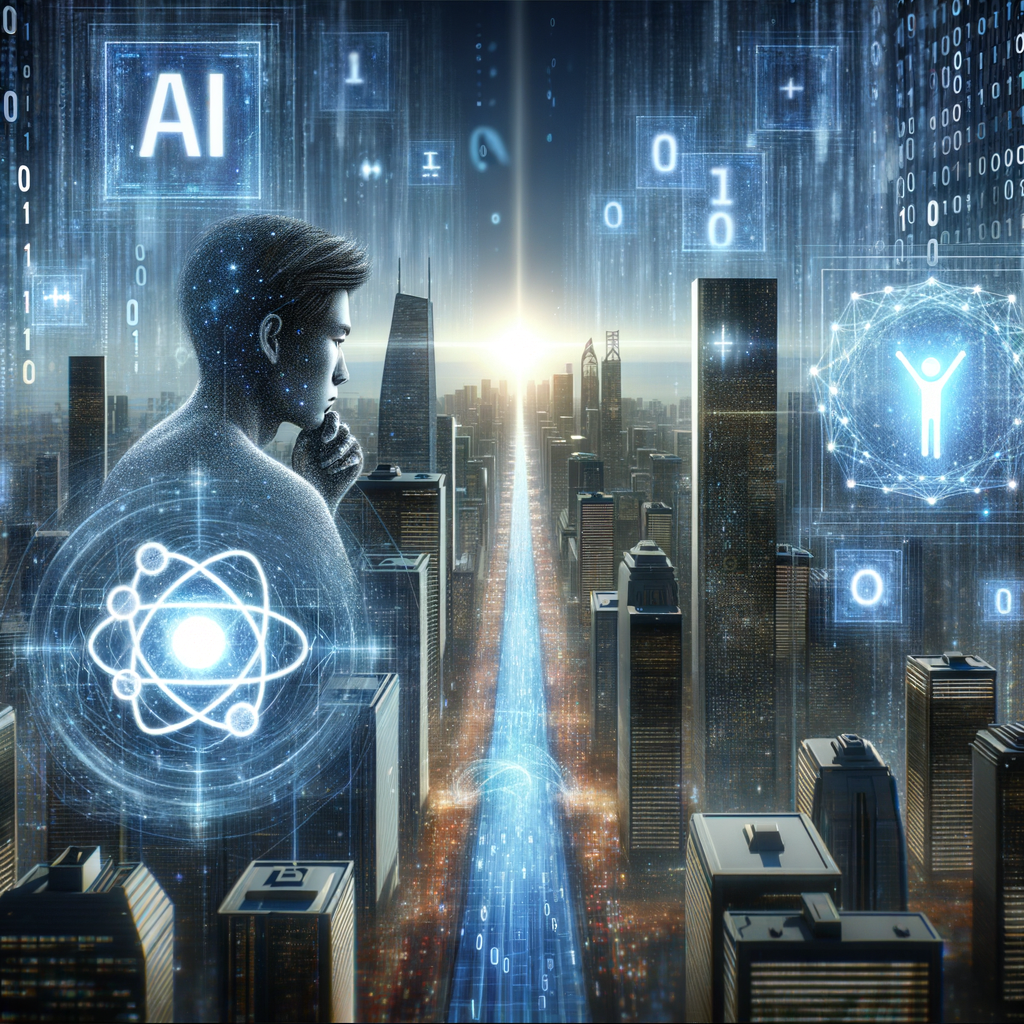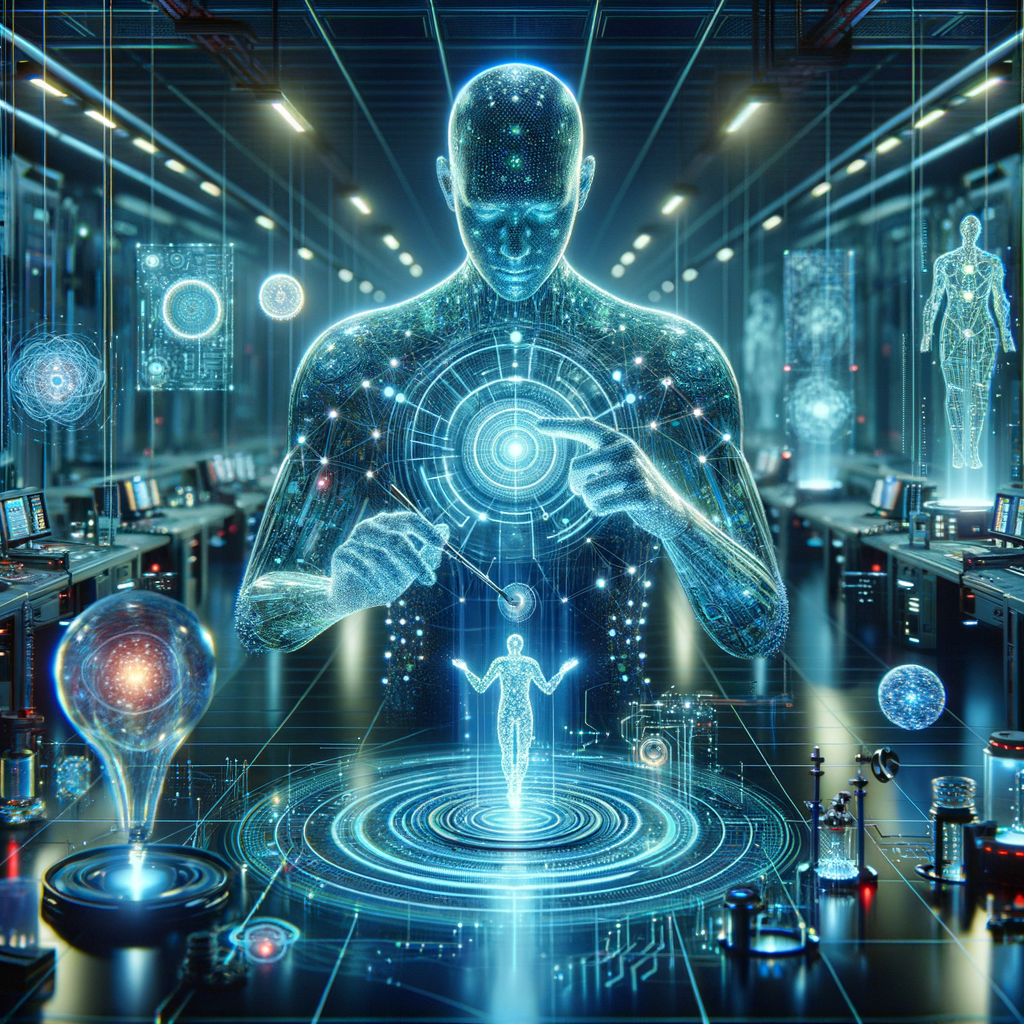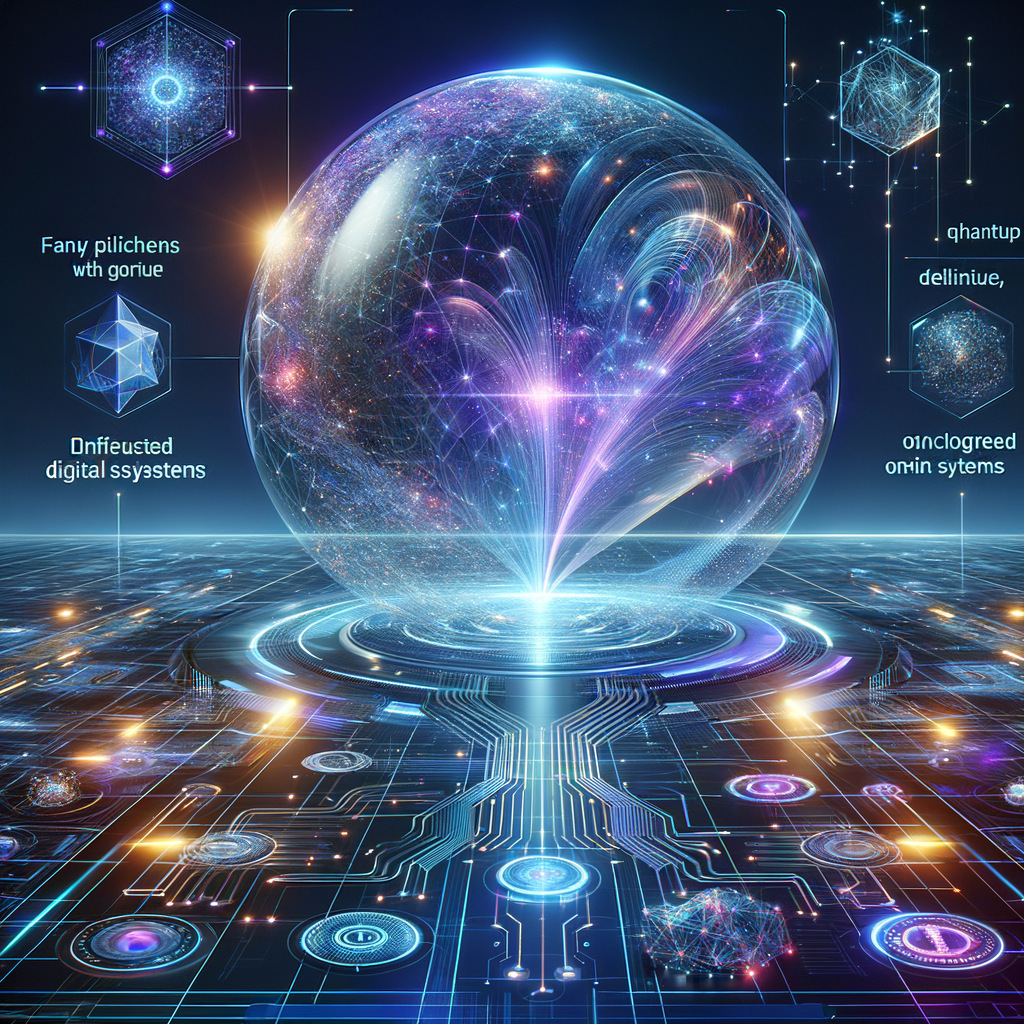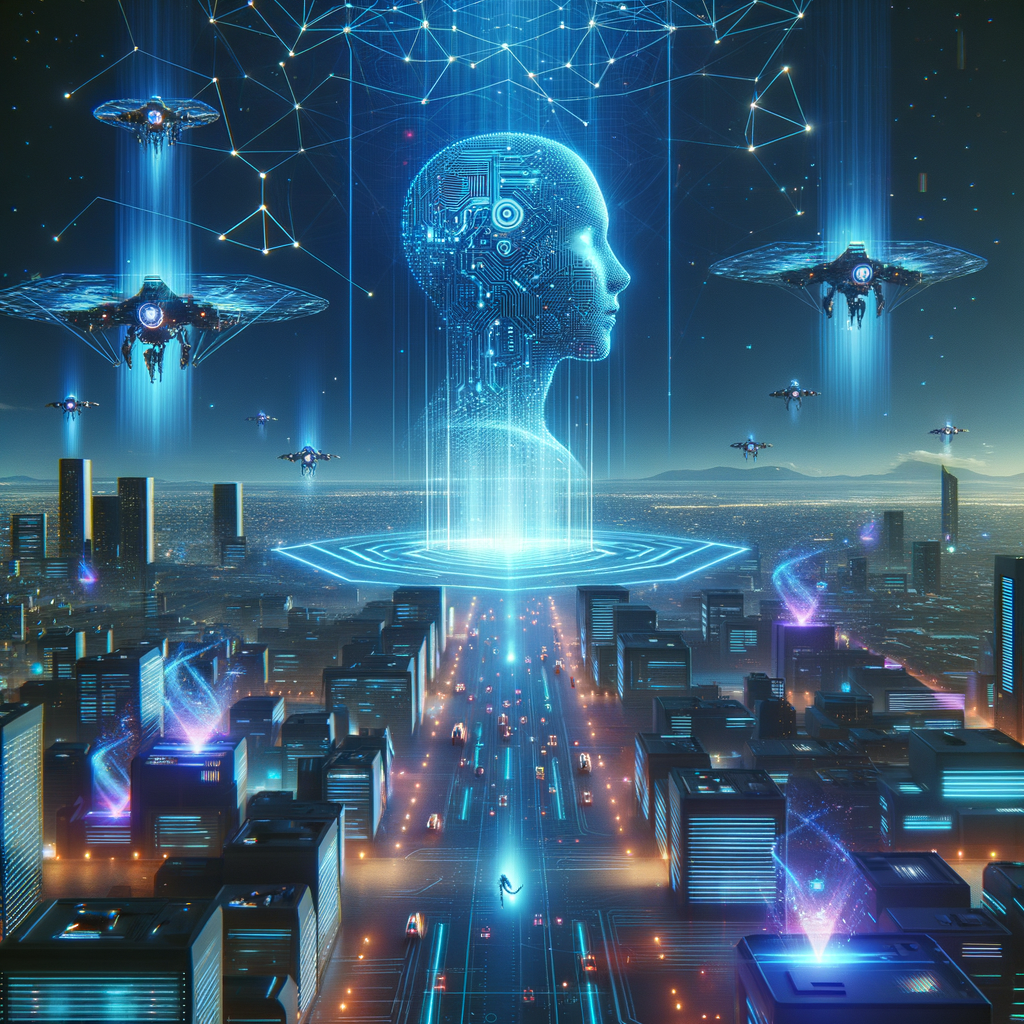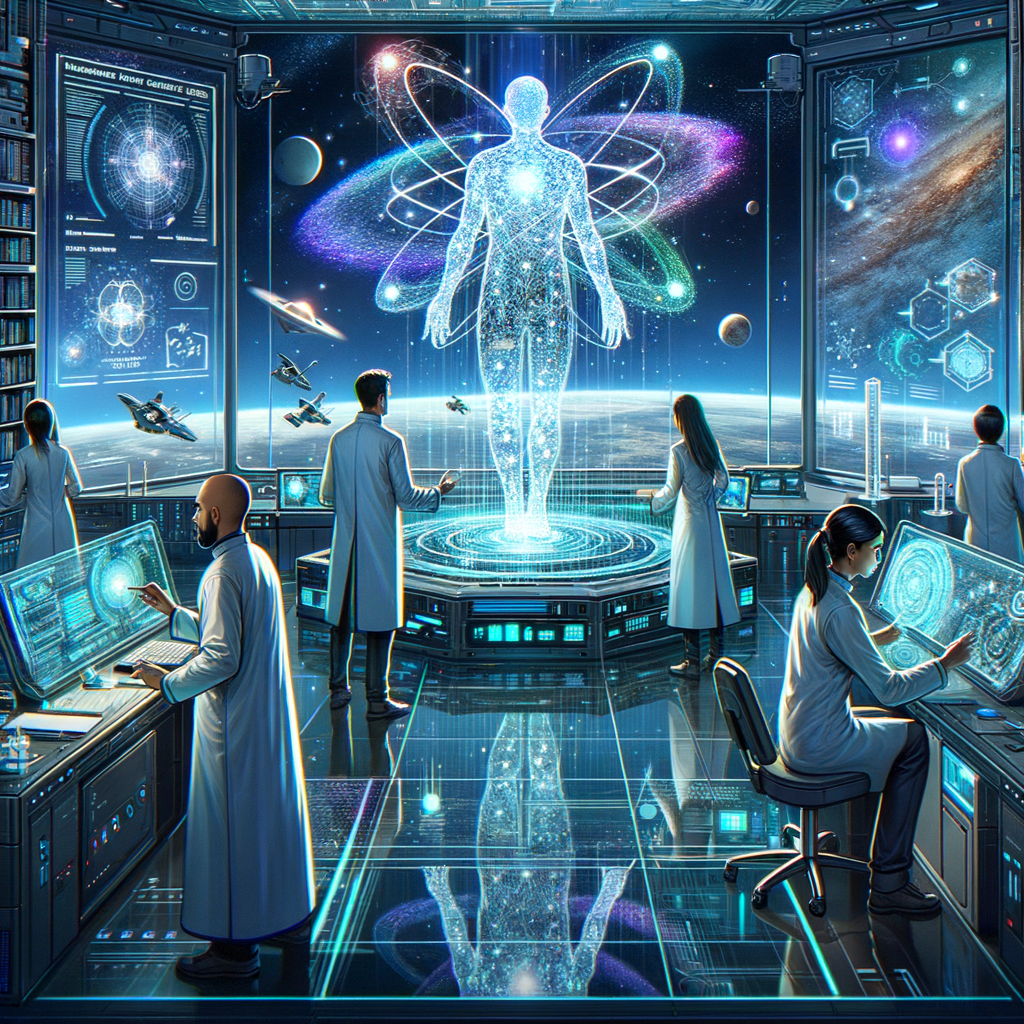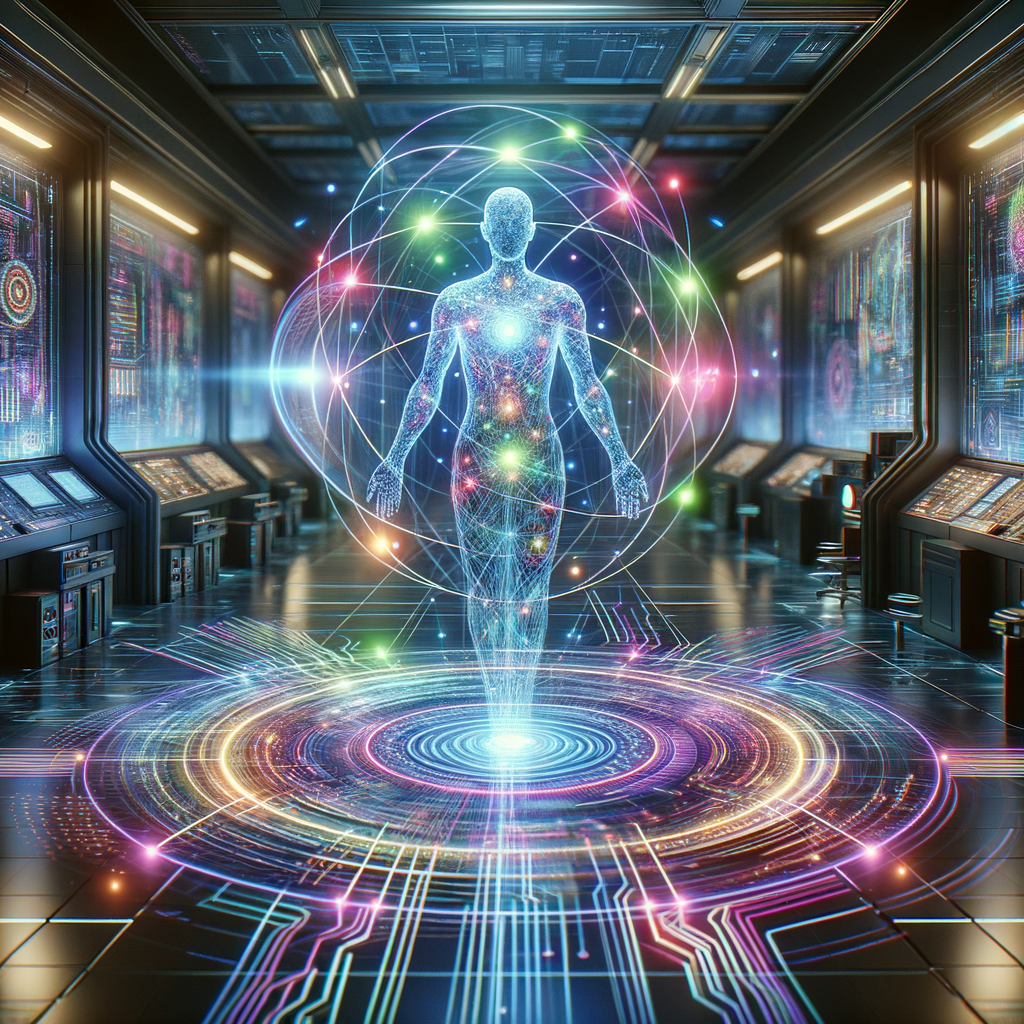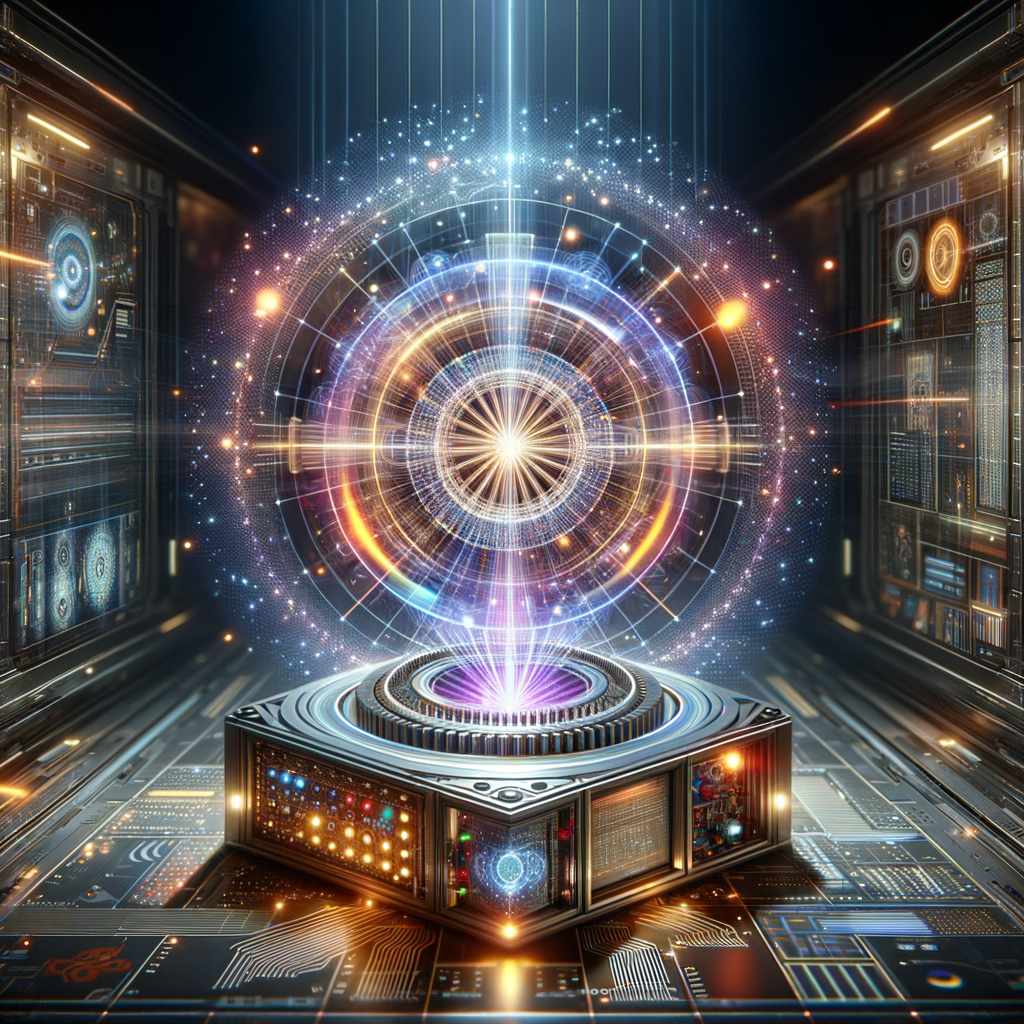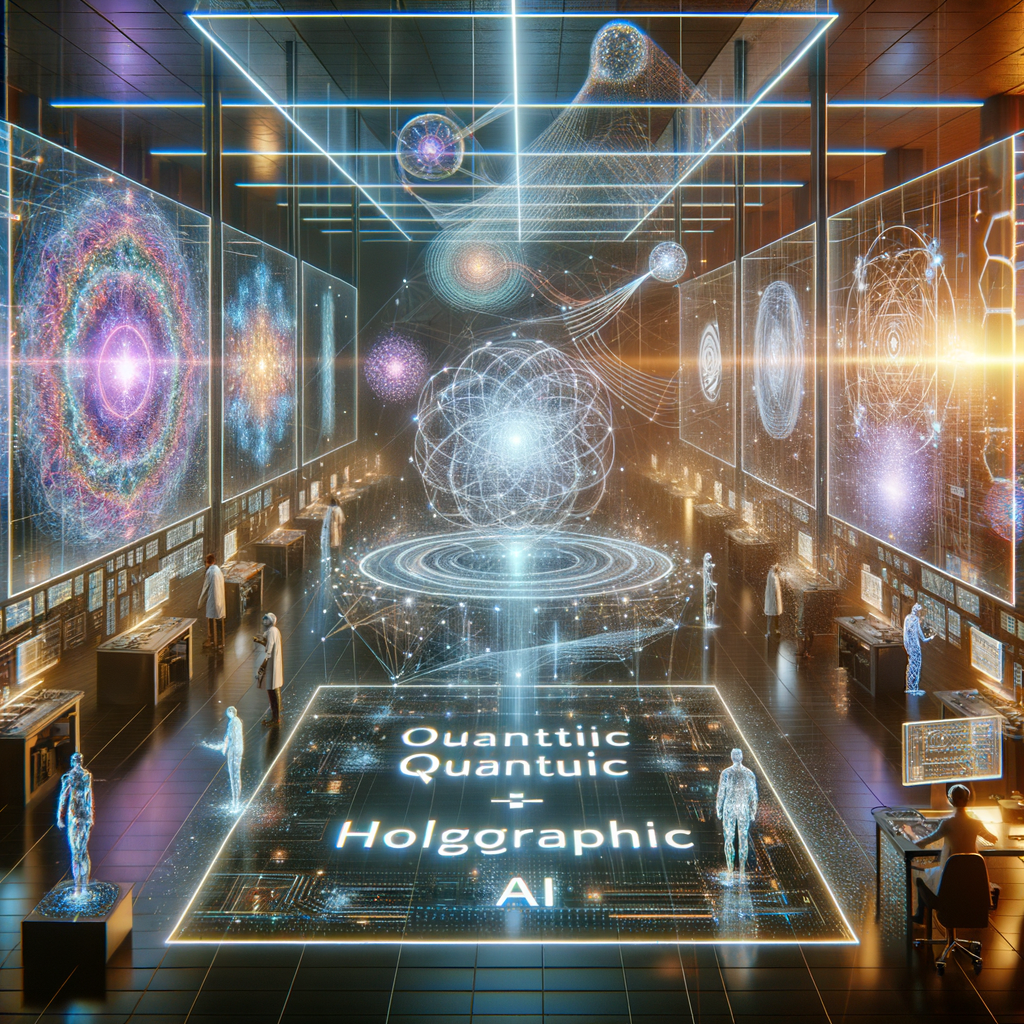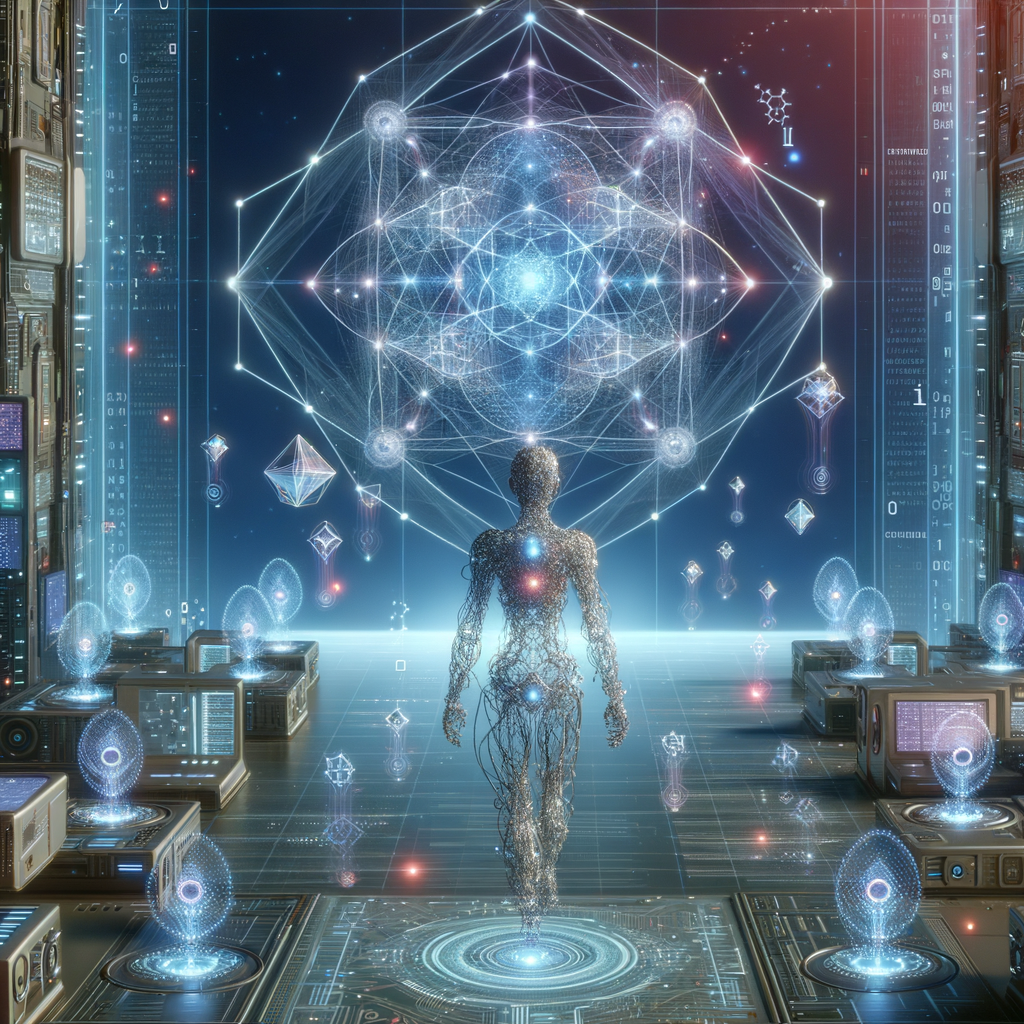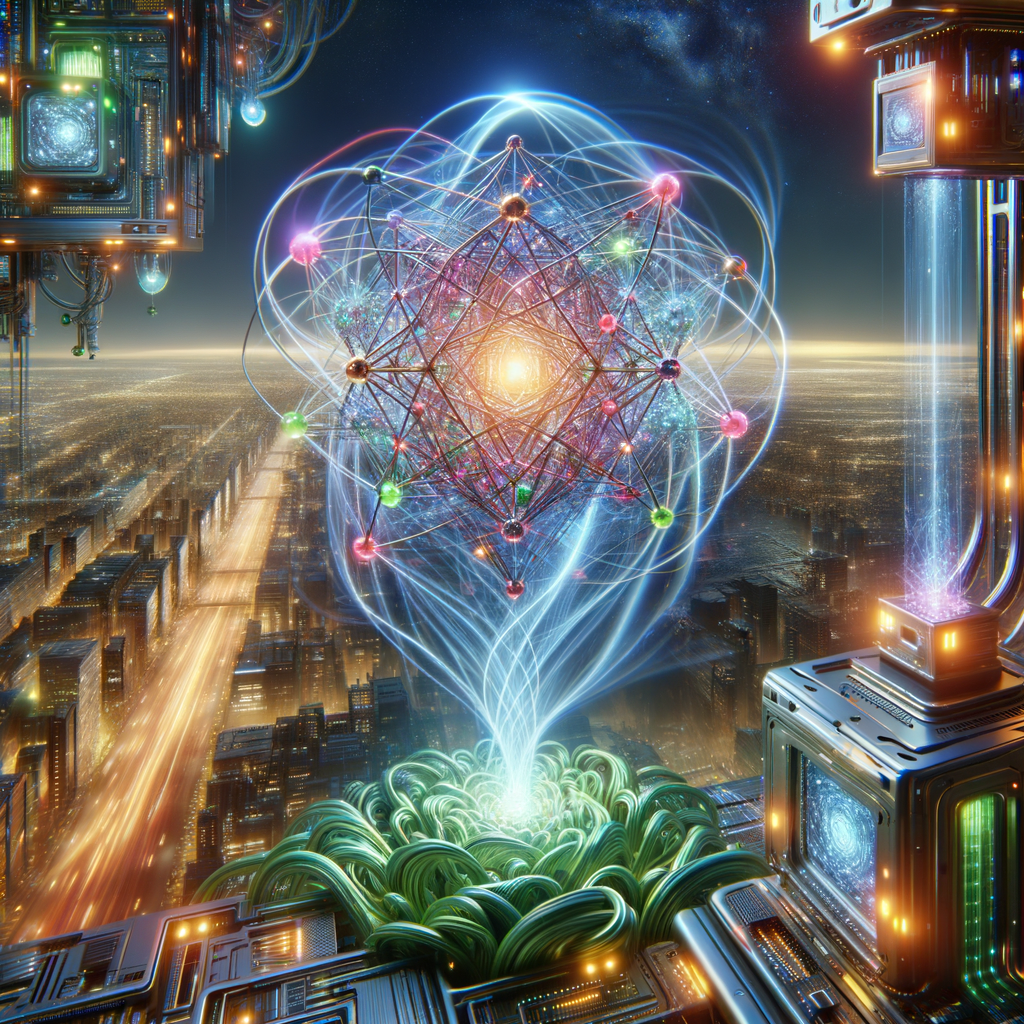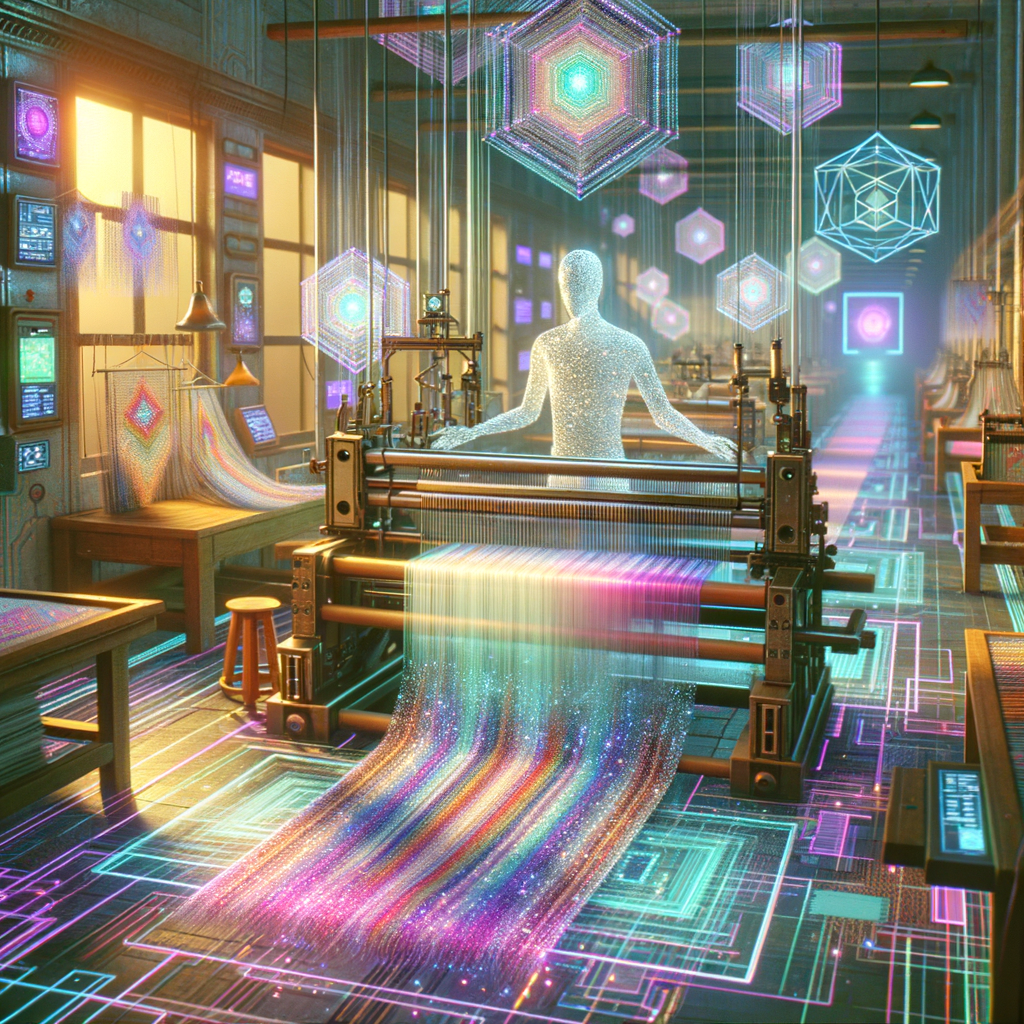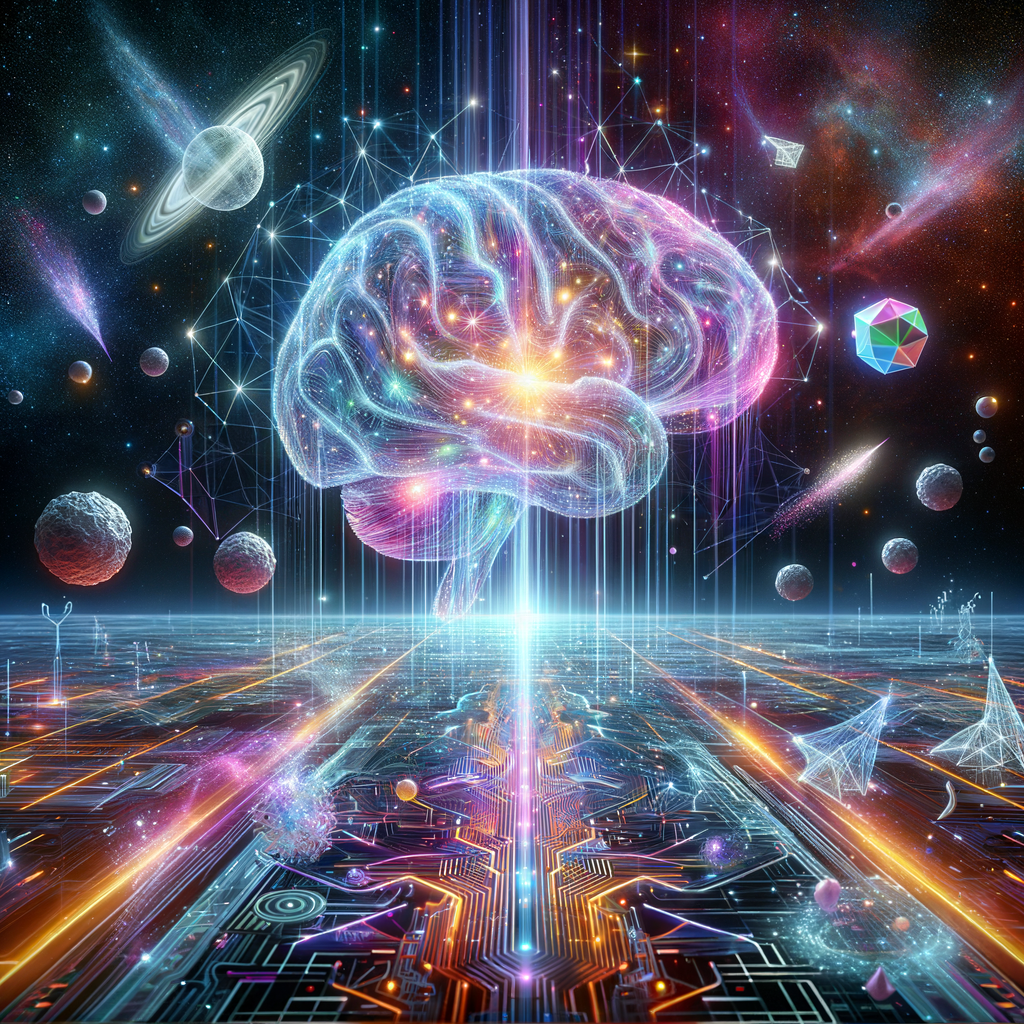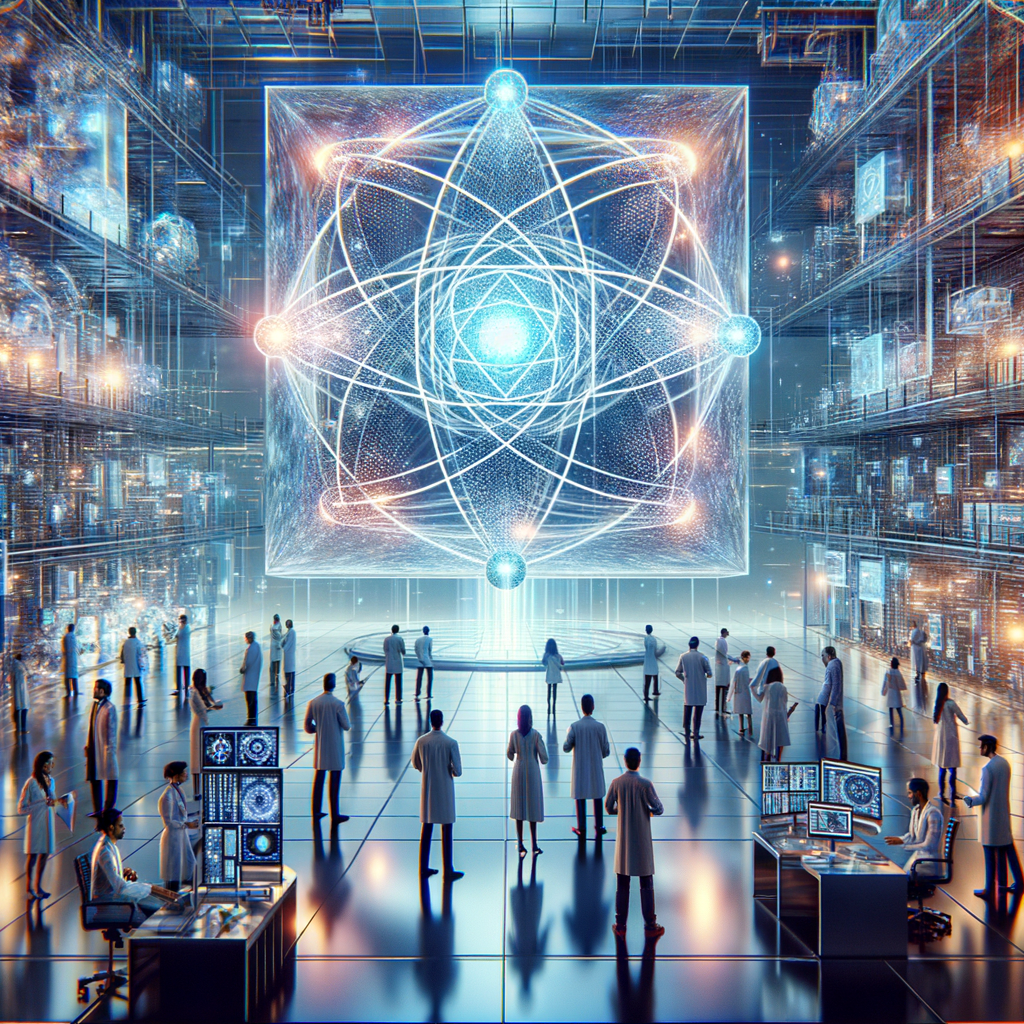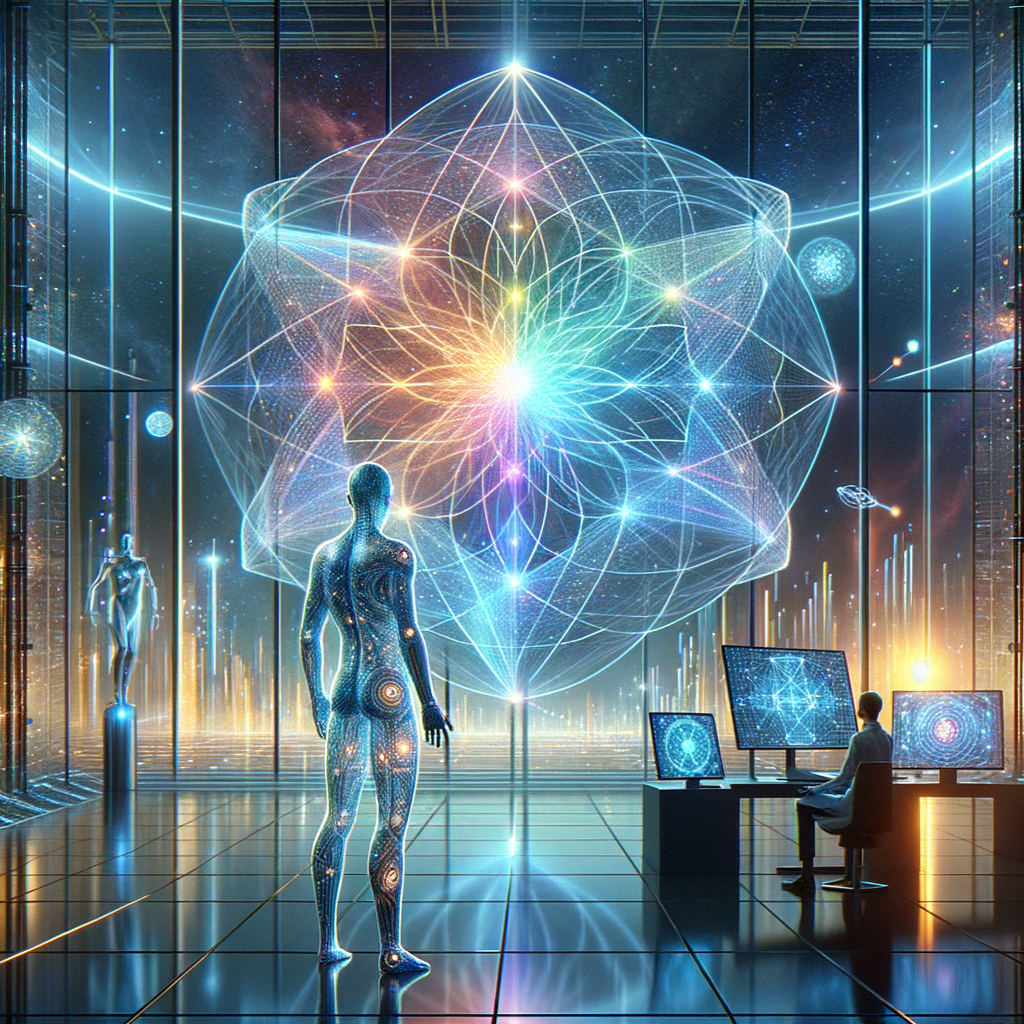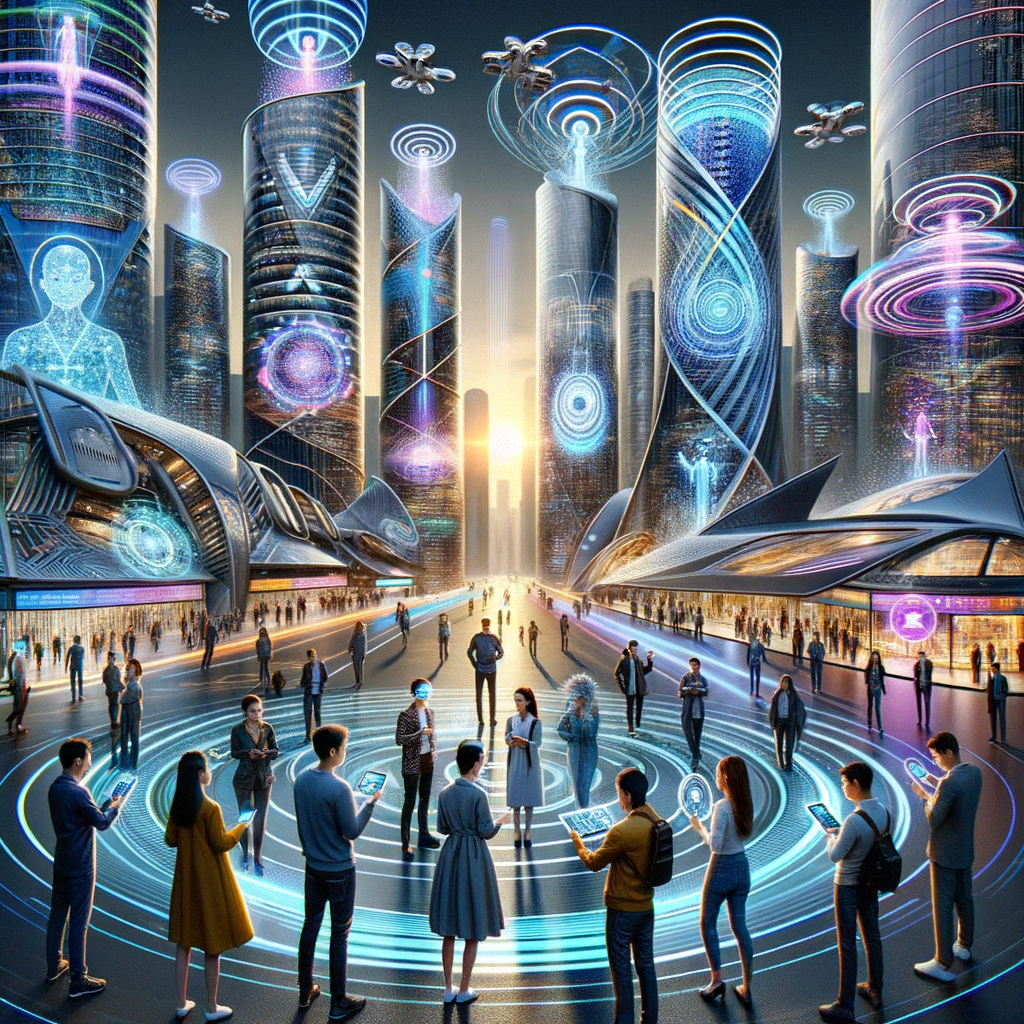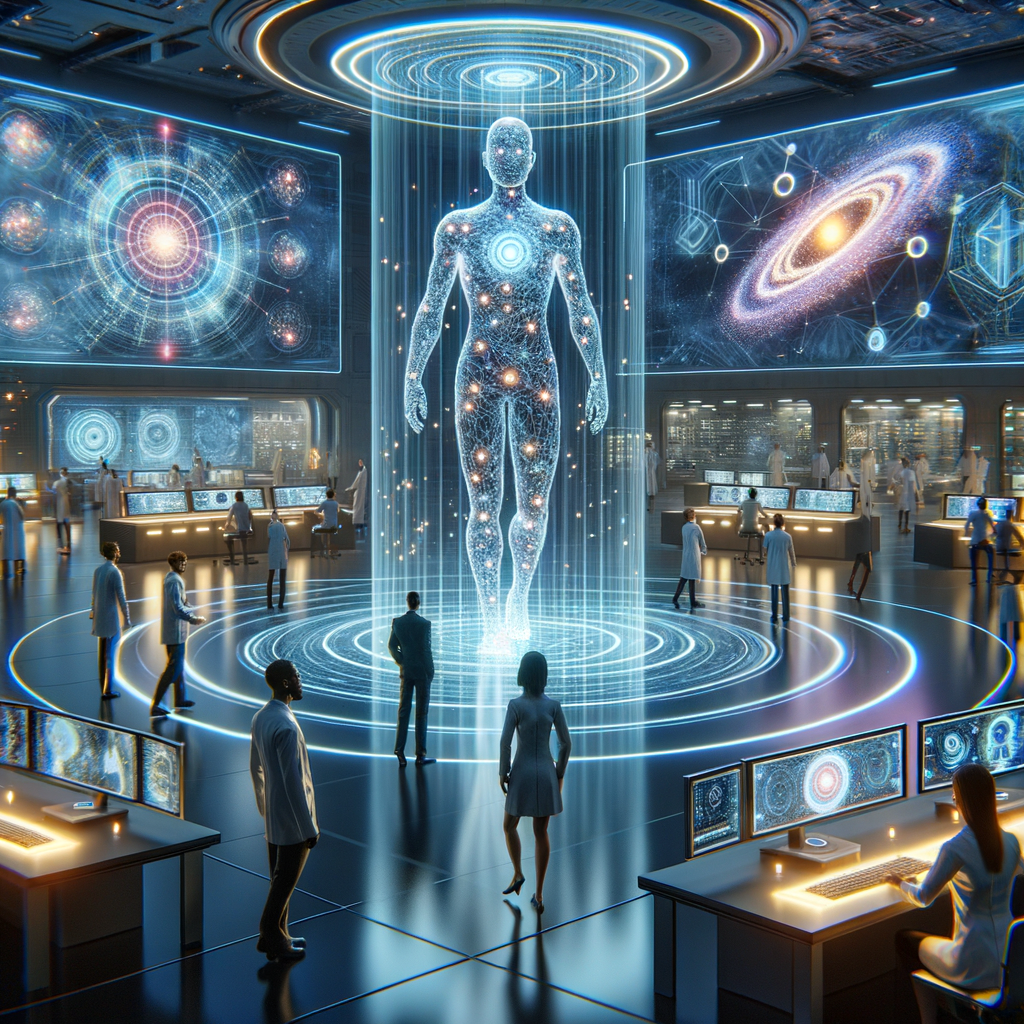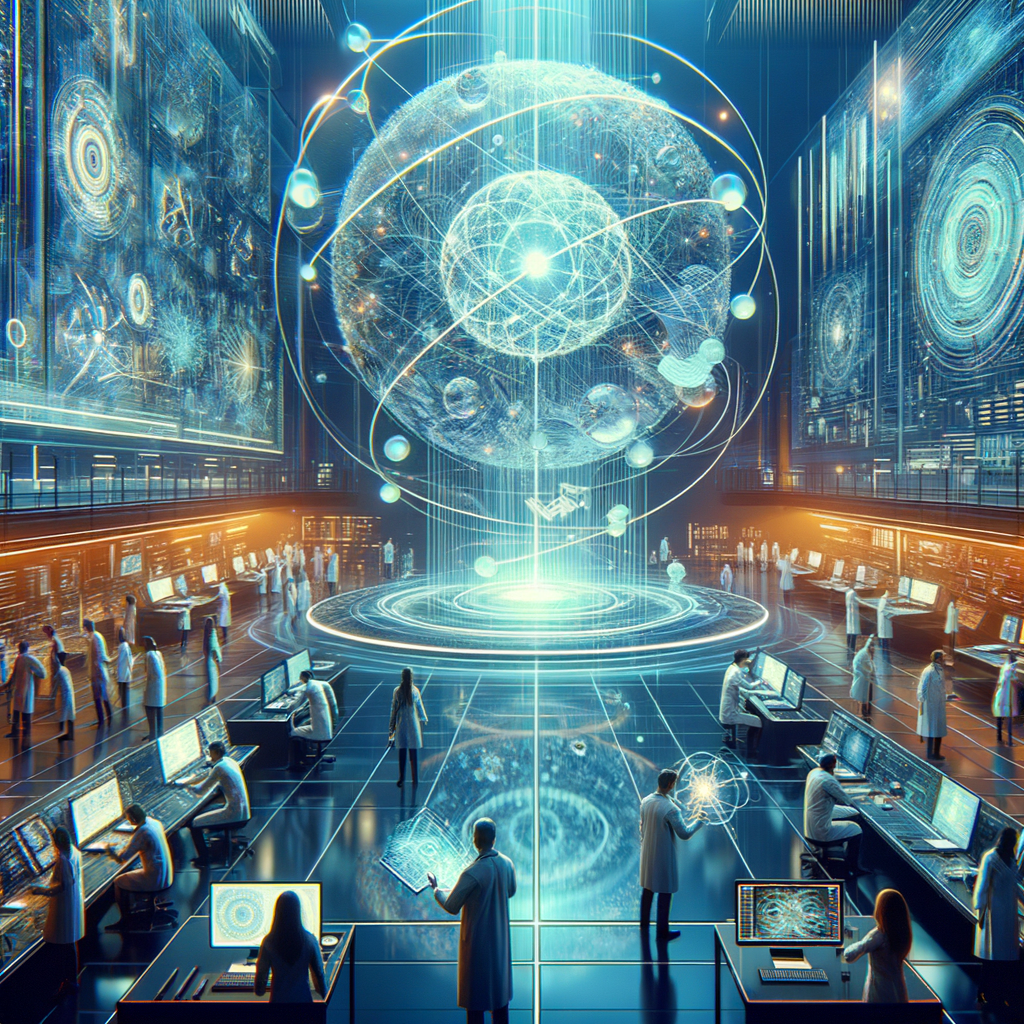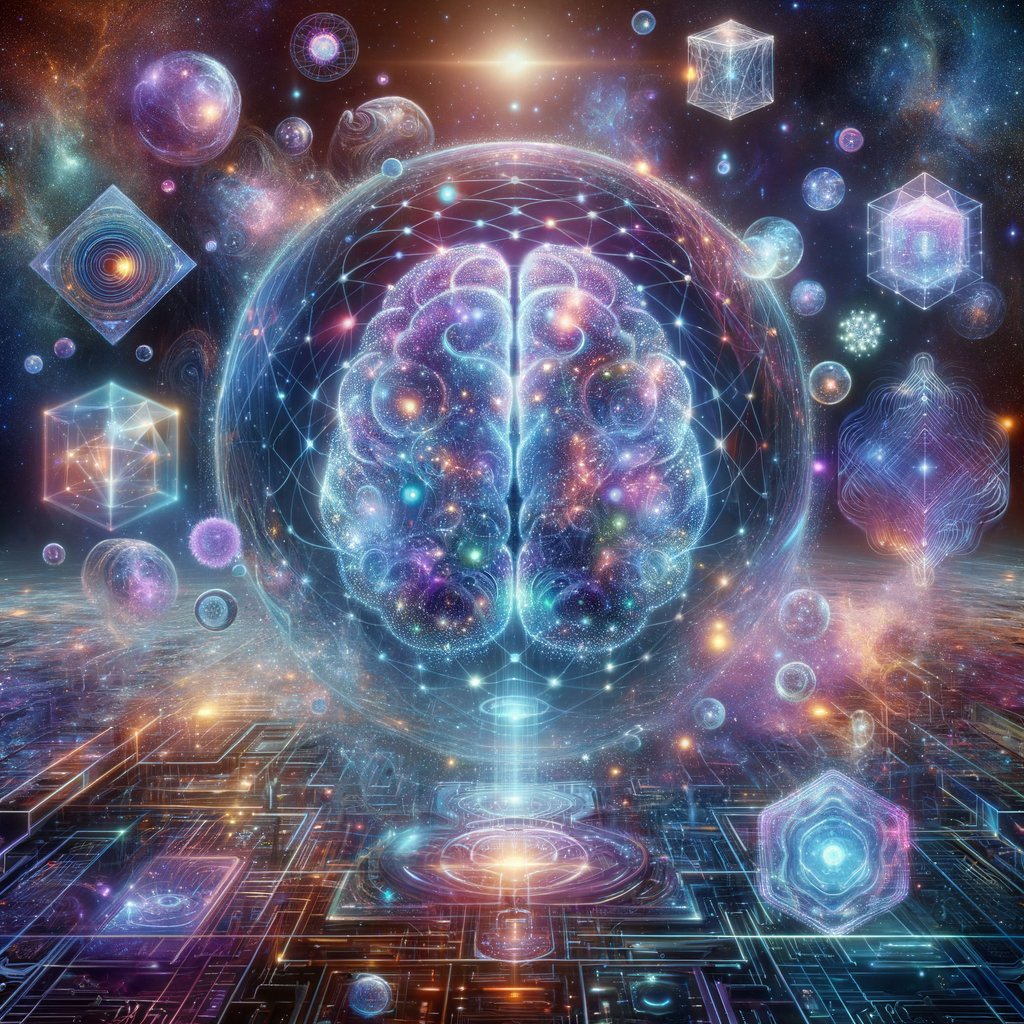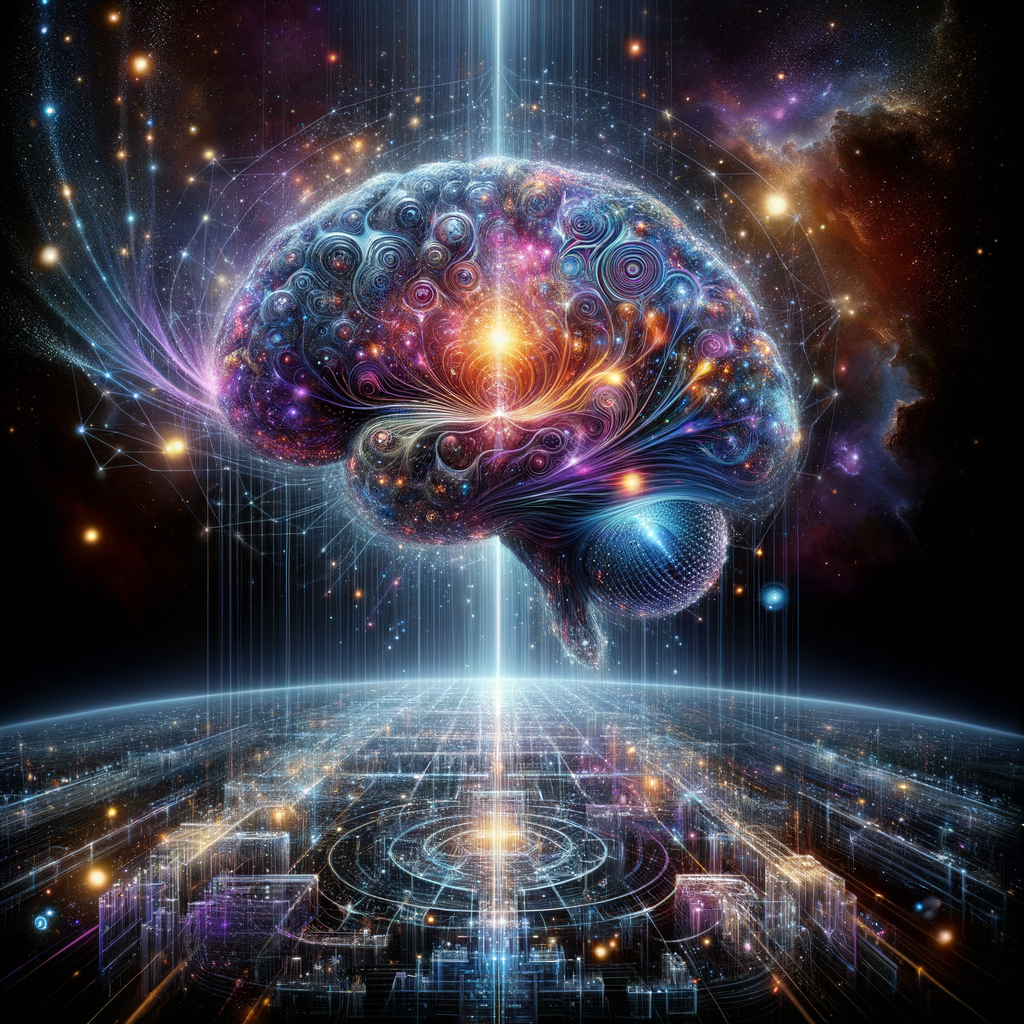 © 2023 / 2024 - QHIQ
© 2023 / 2024 - QHIQExploring the Intersection of Quantum Computing and Artificial Intelligence
Quantic Holographic Artificial Intelligence (QHAI) represents the confluence of two transformative technologies: quantum computing and artificial intelligence. Leveraging quantum principles such as superposition and entanglement, QHAI promises unprecedented computational power and efficiency. By utilizing holographic data structures, QHAI aims to model complex multidimensional data sets in a manner that traditional AI architectures simply cannot accommodate, enabling more nuanced and insightful decision-making capabilities.
Recent Advancements Unveiling the Potentials of QHAI
Recent advancements in the realm of quantic holographic AI have highlighted significant progress in executing parallel processing tasks at speeds hitherto unimaginable. Researchers have developed quantum algorithms capable of performing complex calculations with a remarkable reduction in time complexity. Innovations in quantum error correction have also paved the way for more stable and reliable quantum AI models, allowing for continuous learning and adaptation over quantum neural networks. Here's a simple quantum circuit illustrating a basic implementation of a quantum neural network's qubit initialization in Python using Qiskit.
from qiskit import QuantumCircuit, Aer, execute
qc = QuantumCircuit(2)
qc.h(0)
qc.cx(0, 1)
qc.measure_all()
backend = Aer.get_backend('qasm_simulator')
job = execute(qc, backend)
result = job.result()
counts = result.get_counts()
print(counts)
Tackling the Intricacies of Emerging Technologies in Startups
Startups in the domain of quantic holographic AI face formidable challenges, ranging from the need for high initial capital investment to the scarcity of skilled personnel proficient in both quantum mechanics and advanced AI. Furthermore, navigating regulatory landscapes, which often lag behind fast-evolving technologies, requires strategic foresight and agility. As a startup, Quantum Holographic IQ has been leveraging a hybrid approach, integrating quantum and classical resources to mitigate the risk of early-stage technological volatility.
Overcoming Challenges in Quantum Error Correction and Stability
One of the most significant hurdles in the field of quantum computing—and by extension, quantic holographic AI—is error correction. Quantum coherence is easily disturbed, leading to computational errors that obfuscate results and hinder efficiency. Advanced protocols like Surface Codes and Shor's Code have been pivotal in addressing these challenges. Enhanced strategies for error correction promise to improve the accuracy of quantum AI models significantly, ensuring consistent reliability in outputs. Below is a basic Python script illustrating an elementary form of error detection in a quantum setup.
from qiskit import QuantumCircuit, Aer, transpile
qc = QuantumCircuit(3)
qc.cx(0, 1)
qc.cx(0, 2)
qc.ccx(1, 2, 0)
backend = Aer.get_backend('statevector_simulator')
job = execute(qc, backend)
result = job.result()
statevector = result.get_statevector()
print(statevector)
The Future is Quantum, the Future is Holographic
The future prospects of quantic holographic AI offer both awe and excitement. As we continue to refine quantum technologies and explore multidimensional data representation through holographic architectures, the potential applications range from revolutionizing healthcare and logistics to enabling autonomous systems with superlative decision-making prowess. The accelerated trajectory of advancements provides a glimpse into a future where intelligence, both human and artificial, transcends conventional boundaries, ushering in an era of hyper-intelligent systems capable of addressing some of humanity's most pressing challenges.






